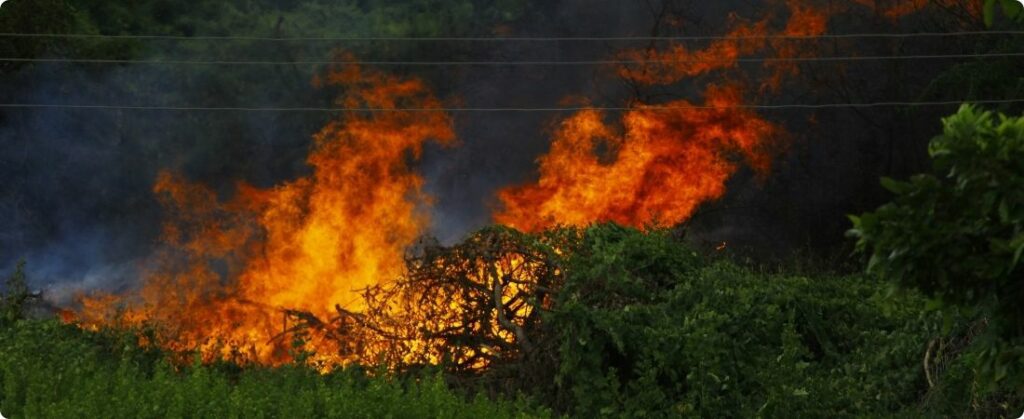
According to a recent survey by Embrapa, Brazil recorded more than 200,000 hotspots between May and September 2024. This number represents a significant increase compared to the 90,000 hotspots recorded in the same period in 2023. This growth highlights a worrying scenario for environmental preservation. Native forest areas, in particular, are being severely impacted.
The most affected states include Mato Grosso, Pará and Amazonas, regions where forests are being severely devastated by fire. The municipality of São Félix do Xingu, in Pará, was the most impacted. The region recorded 3,846 fires in forest areas. These numbers reinforce the seriousness of the situation in the area.
Environmental impacts of burning in forest areas
On the other hand, unlike pastures, which can regenerate more quickly after fires, forest areas face a slower and more difficult recovery process. These ecosystems often fail to regenerate properly, which results in the loss of biodiversity and the reduction of environmental services that these areas provide, such as climate regulation and air purification.
Furthermore, agricultural areas were also affected, with sugarcane fields being the most affected. Therefore, this situation raises an alert for the need for immediate and effective actions to mitigate the damage caused by forest and agricultural fires.
Preventive measures recommended by Embrapa
In light of this scenario, Embrapa researchers recommend implementing preventive measures, such as educational campaigns and strengthening monitoring, especially before the most critical months for fires. These actions are essential to prevent the repetition of such an alarming situation and ensure the preservation of ecosystems that are fundamental to Brazil's environmental health.
Source: Leonardo Gottems | agrolink















